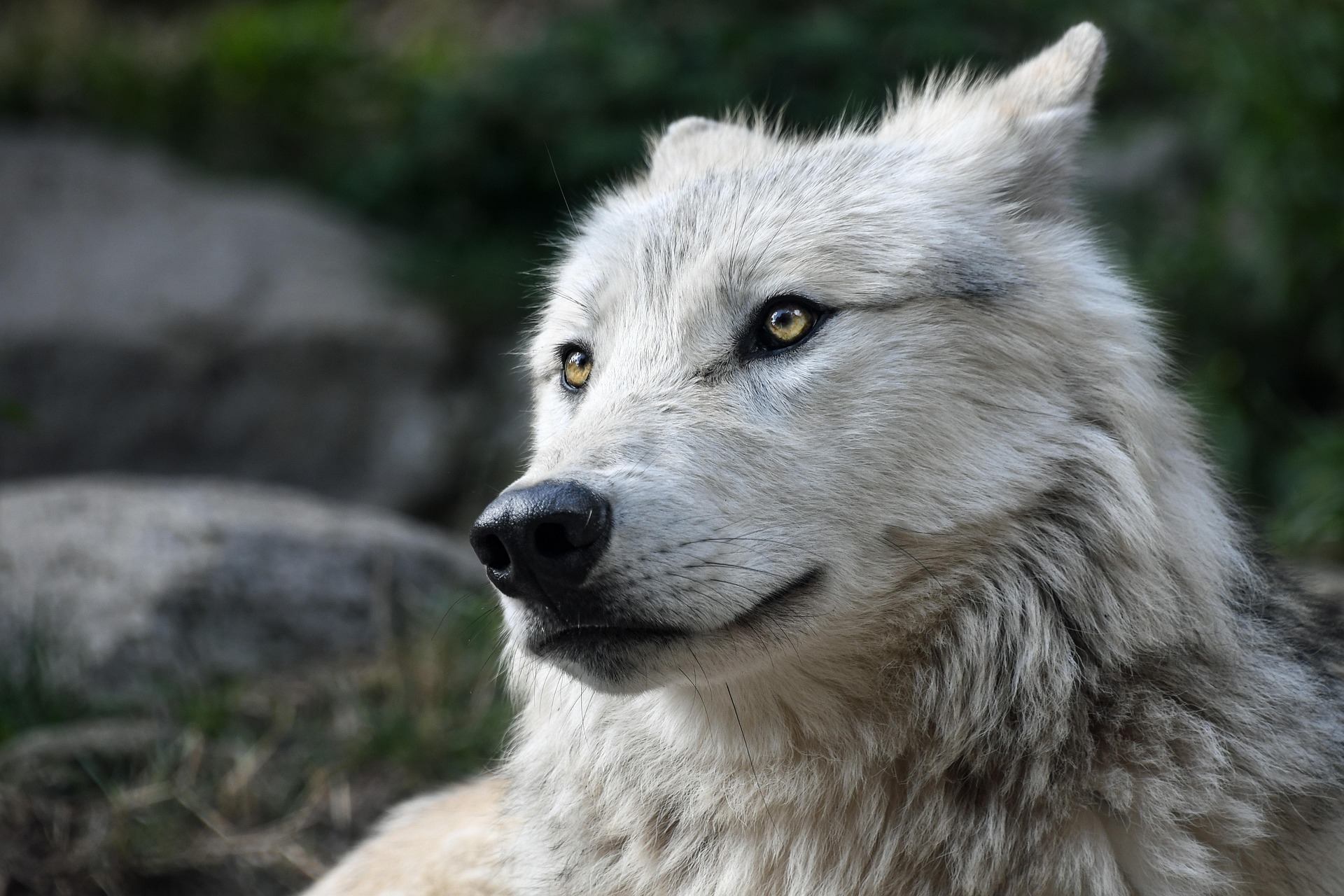In a groundbreaking move that has captured the attention of both the scientific community and the public, Colossal Biosciences, a biotechnology firm based in Dallas, has announced the birth of three genetically engineered wolf pups—Romulus, Remus, and Khaleesi. These pups are believed to exhibit traits reminiscent of the extinct dire wolf, a species that roamed the earth over 12,000 years ago. The development is hailed as a significant milestone in the field of de-extinction science, with the potential to reshape our understanding of genetic engineering and conservation. However, the announcement has also sparked considerable debate and raised critical ethical and ecological questions.

The science behind the resurrection
To bring the extinct dire wolf back to life, Colossal Biosciences relied on cutting-edge genetic engineering technology, notably CRISPR gene-editing tools. Their process began by analyzing ancient DNA samples from two well-preserved remains of dire wolves—one from a 13,000-year-old tooth and another from a 72,000-year-old ear bone. From these samples, scientists identified about 20 genetic differences between the dire wolf and the modern gray wolf, the latter being the closest living relative.
These differences were spread across 14 specific genes and primarily impacted traits such as size, head structure, and coat color. Using CRISPR, Colossal Biosciences modified the DNA of modern gray wolves to introduce these genetic alterations, resulting in animals that closely resemble the extinct species. The next step involved implanting the modified embryos into surrogate domestic dogs, which successfully gave birth to the three pups.
While this achievement represents a remarkable technological feat, it has raised questions regarding its implications for future research in genetic engineering. Some scientists are skeptical about calling these animals “dire wolves” at all. Instead, they argue that the pups are simply genetically modified gray wolves, with certain traits that resemble the extinct species. The genetic changes made to the wolves may be significant, but not to the extent that the resulting animals are a true representation of the dire wolf.
Scientific skepticism and genetic concerns
Despite the fanfare surrounding Colossal’s announcement, many experts remain cautious and even skeptical about the validity of the project. One major point of contention is the accuracy of the ancient DNA samples used in the research. Critics argue that degraded ancient DNA, like that from the 13,000-year-old tooth and 72,000-year-old ear bone, may not be sufficiently reliable to replicate an extinct species accurately. Dr. Nic Rawlence, an expert in ancient DNA, has raised concerns about the quality and integrity of the genetic information derived from such samples, emphasizing that the results may not be as precise as claimed.
Another key issue is the genetic differences between gray wolves and dire wolves. While both species are related, dire wolves belong to a different genus altogether, which makes the idea of “resurrecting” them by modifying gray wolf DNA controversial. Some scientists, like Philip Seddon, believe that Colossal’s work results in hybrids rather than true dire wolves. These genetically modified animals may exhibit certain characteristics of the extinct species, but they are not, strictly speaking, genetic clones.

Ethical and ecological considerations
Beyond the scientific challenges, Colossal Biosciences’ ambitious project raises significant ethical and ecological concerns. One of the main goals of the company is not to recreate exact genetic copies of extinct species, but rather to restore the ecological functions that these creatures once performed in their environments. In the case of the dire wolf, the idea is to introduce traits that might help improve the health of ecosystems by reintroducing apex predators to specific environments, which could potentially impact biodiversity.
However, this concept is fraught with complications. First, there are concerns about the unintended consequences of reintroducing an extinct species, particularly in terms of competition with existing wildlife and potential disruptions to the current ecological balance. The resurrection of a species like the dire wolf could have far-reaching effects that are difficult to predict.
The ethical considerations also echo familiar themes from popular fiction, such as Jurassic Park. The idea of “playing God” with the genetic makeup of species raises questions about the limits of scientific intervention in nature. Critics warn that, without careful consideration of the potential consequences, these efforts could result in unforeseen problems that might do more harm than good.
A future of de-extinction?
While Colossal Biosciences’ efforts in de-extinction are undoubtedly groundbreaking, they highlight the complexities and challenges involved in bringing extinct species back to life—especially when those species have been gone for thousands of years. As technology continues to advance, the potential to resurrect other extinct species or revitalize endangered ones grows. However, this field is still in its infancy, and the questions it raises regarding scientific responsibility, ethical considerations, and ecological impacts must be addressed as research progresses.
For now, Romulus, Remus, and Khaleesi stand as a symbol of both the potential and the peril of de-extinction. The scientific community remains divided on whether the pups are truly “dire wolves” or simply genetically modified gray wolves with some traits of the extinct species. As more research is conducted, it will be important to carefully consider the broader implications of this technology—not only for the animals involved but also for the future of biodiversity and conservation.





